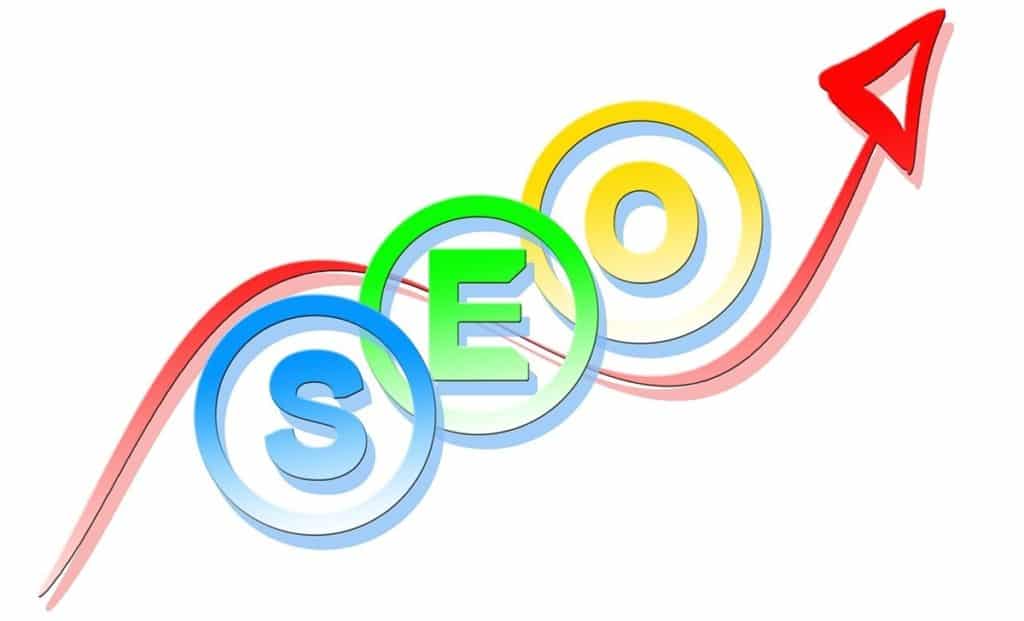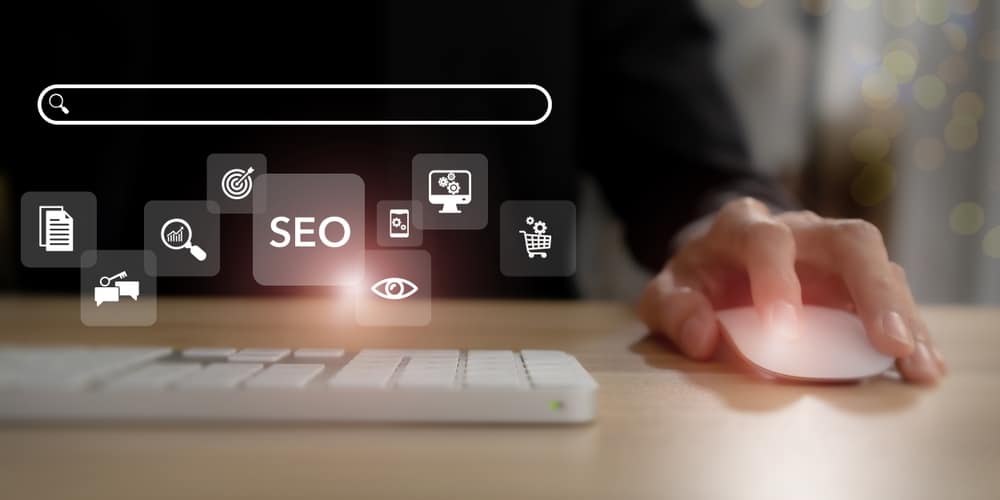In the competitive digital marketing landscape, businesses continuously strive to maximize lead generation. Organic search results, one of the most potent channels, can be harnessed to consistently attract high-quality leads. This comprehensive guide offers insights into the tools, techniques, and strategies that will give you insight in how to get more leads from organic search results.
Understanding Organic Search and Its Importance
Organic search refers to the natural, unpaid results that populate in search engine results pages (SERPs) based on a user’s search query. These results are determined by the search engine’s algorithm which considers factors like relevance to the query, domain authority, and content quality. Dominating organic search results can significantly boost your online visibility, translating into higher click-through rates (CTR) and increased lead generation potential.
Increasing the organic search potential will heighten lead generation, which is especially important in smaller left-field industries like the water damage repair industry. In this sector, where timely response is paramount, dominating organic search results through strategic water damage marketing ensures that businesses are readily accessible to those in urgent need.
Importance of Organic Search:
- High Visibility: Organic search results receive the majority of clicks from users. Ranking highly in organic search increases your website’s visibility and exposes it to a larger audience.
- Credibility and Trust: Organic search results are seen as more credible and trustworthy by users. When your website appears prominently in organic search results, it conveys authority and reliability to potential visitors.
- Cost-Effective: Unlike paid advertising, organic search does not require direct payment for each click or impression. While optimizing for organic search results may require investment in SEO (Search Engine Optimization) efforts, the long-term benefits can be cost-effective compared to continuous advertising expenses.
- Targeted Traffic: Organic search drives highly targeted traffic to your website. When your website appears in search results for specific keywords or phrases relevant to your business, it attracts users who are actively searching for information, products, or services related to your industry.
- Sustainable Results: While paid advertising campaigns provide immediate visibility, organic search results offer a more sustainable and long-lasting impact. By investing in improving your website’s organic search rankings, you can create a strong foundation for consistent traffic and conversions over time.
- Competitive Advantage: Ranking higher in organic search results gives you a competitive advantage over competitors. When users see your website listed prominently, they are more likely to click on your link instead of others, increasing your chances of gaining new customers or clients.

SEO: The Foundation of Organic Search
Search Engine Optimization (SEO) is the bedrock of organic search. It involves tweaking your website and its content to enhance its appeal to search engines. SEO techniques include keyword research and optimization, on-page SEO (like meta tags and URL structure), off-page SEO, content creation, and link building.
Keyword Research: It involves identifying keywords that your target audience uses when they’re searching for products or services similar to yours. Tools like SEMRush, Moz, and Google Keyword Planner can assist you in identifying high-volume, relevant keywords.
On-Page SEO: It involves optimizing on-page elements such as title tags, meta descriptions, headers, and content for your chosen keywords. On-page SEO makes it easy for search engines to understand the content and context of your pages, which can boost your visibility in search results.
Off-Page SEO: It pertains to actions taken outside your website that affect your rankings. This primarily includes building high-quality backlinks from authoritative websites.
Long-Tail Keywords: Reach Your Target Audience
Long-tail keywords are more extended, specific keyword phrases that searchers are more likely to use when they’re at the point-of-purchase or using voice search. They’re less competitive than shorter, more generic keywords, making it easier to rank for them. They can help you reach a targeted audience and yield a higher conversion rate. Tools like SEMRush, Google’s Keyword Planner, or Ahrefs can assist in finding and analyzing long-tail keywords.
Long-tail keywords are specific keyword phrases that typically consist of three or more words. They are more precise and targeted compared to broad keywords and are often used by users who are closer to the point of making a purchase or seeking specific information. Here’s how long-tail keywords can help you reach your target audience:
- Precise Targeting: Long-tail keywords allow you to target a specific niche or audience segment. For example, instead of targeting the broad keyword “shoes,” you can use a long-tail keyword like “men’s running shoes with arch support.” By using more specific keywords, you attract users who are specifically looking for the product or information you offer.
- Lower Competition: Long-tail keywords often have lower competition compared to broad keywords. Many businesses focus on optimizing their websites for broad keywords, leaving long-tail opportunities relatively untapped. By targeting long-tail keywords, you have a better chance of ranking higher in search results and attracting qualified traffic.
- Higher Conversion Rates: Since long-tail keywords are more specific, they attract users who have a clearer intention or need. These users are often further along in the buying process and more likely to convert into customers or take the desired action on your website. By aligning your content with their specific needs, you increase the likelihood of conversion.
- Enhanced Relevance: Long-tail keywords allow you to align your content with the exact search queries of your target audience. When your website appears in search results for highly relevant long-tail keywords, it enhances the overall user experience and increases the chances of engagement and conversions.
- Voice Search Optimization: With the increasing popularity of voice assistants and voice search, long-tail keywords have become even more important. People tend to use conversational and longer queries when using voice search. Optimizing your content with long-tail keywords helps you capture voice search traffic and meet the needs of users searching through voice commands.
- Content Ideas and Optimization: Long-tail keywords can provide insights and ideas for creating valuable and targeted content. Each long-tail keyword represents a specific question or problem that your audience wants answers to. By creating content that directly addresses these queries, you establish your expertise, attract organic traffic, and build trust with your audience.

Content Marketing: Provide Value to Your Audience
Content marketing involves creating and sharing valuable, relevant content to attract and engage a defined audience, ultimately leading to conversions. High-quality content not only improves your SEO by providing more context to search engines but also establishes your brand as a trusted source of information, compelling visitors to become leads.
Blogging, infographics, webinars, case studies, and video content are all part of content marketing. Regularly updating your website with fresh content can keep visitors engaged and signal to search engines that your website is active, which can improve your rankings.
Technical SEO: Boost Your Site’s Performance
Technical SEO refers to the optimization of your website’s technical elements like site speed, mobile-friendliness, security, and crawlability to enhance its organic ranking. A well-performing website not only ranks better in search engines but also provides a superior user experience. This significantly increases the probability of visitors converting into leads.
Social Media Integration: Extend Your Reach
Your social media strategy and SEO shouldn’t exist in isolation. Integrating your social media efforts with your SEO strategy can amplify your content’s reach, attract more traffic, and potentially lead to more organic backlinks. By sharing valuable content on social platforms, you can establish your brand’s authority, increase engagement, and boost your visibility on search engines.
Local SEO: Attract Local Leads
If your business caters to a local customer base, optimizing for local search is crucial. Local SEO involves creating a Google My Business listing, optimizing for local keywords, generating positive customer reviews, and ensuring consistent NAP (name, address, phone number) information across all platforms.
Conclusion
In conclusion, attracting more leads from organic search results involves a well-rounded strategy that incorporates an in-depth understanding of SEO, the effective use of long-tail keywords, consistent delivery of high-quality content, and technical optimization of your website.
Using tools like SEMRush, Google Keyword Planner, or Ahrefs and integrating SEO with other marketing efforts such as social media and local SEO, you can enhance your website’s visibility, draw more qualified traffic, and convert more visitors into leads. Organic search, as a lead-generation tool, is pivotal in the digital age. By prioritizing organic search, you can create a sustainable and successful lead generation strategy that delivers long-term results.
